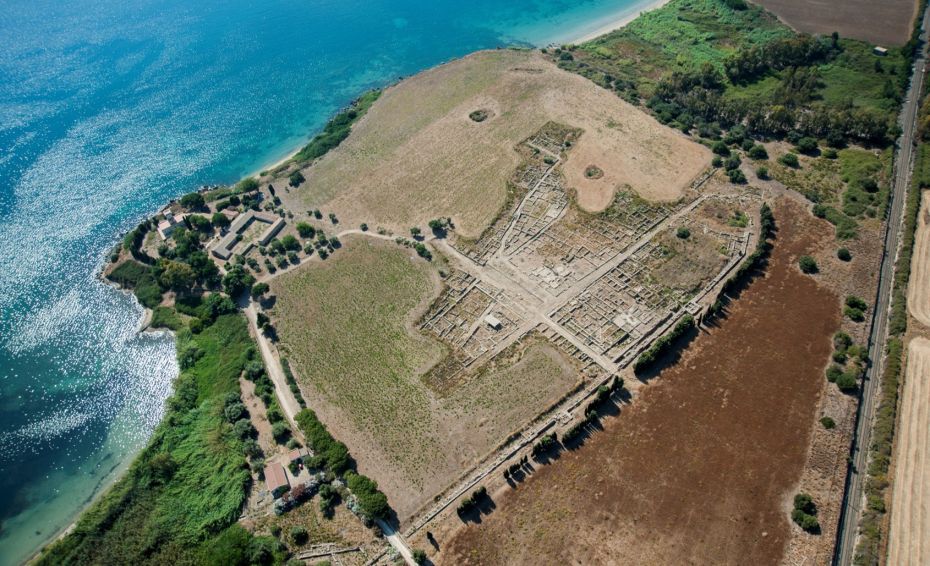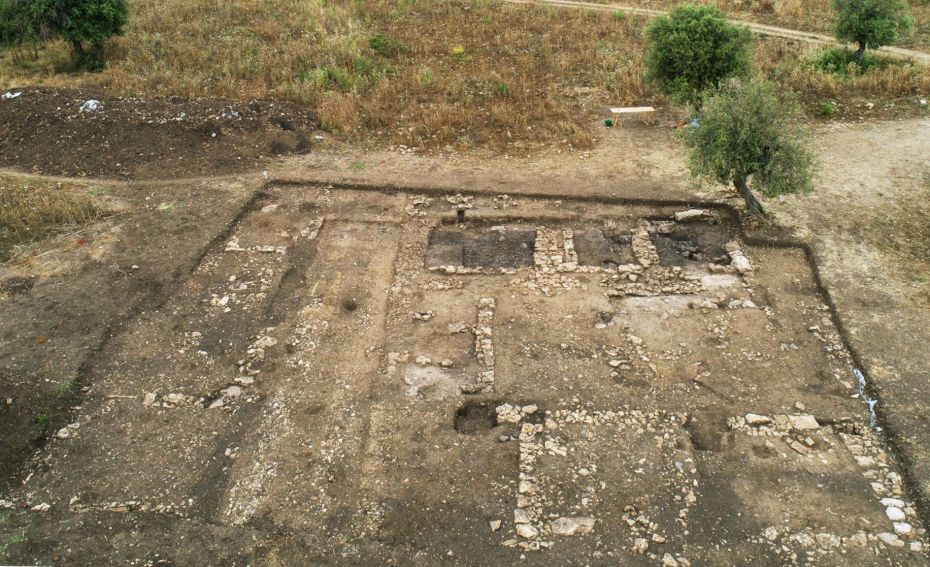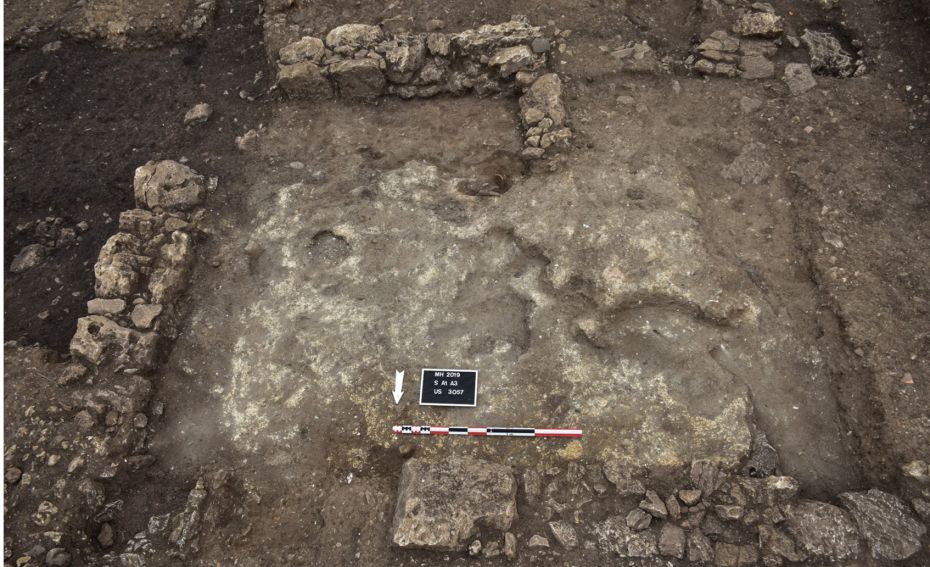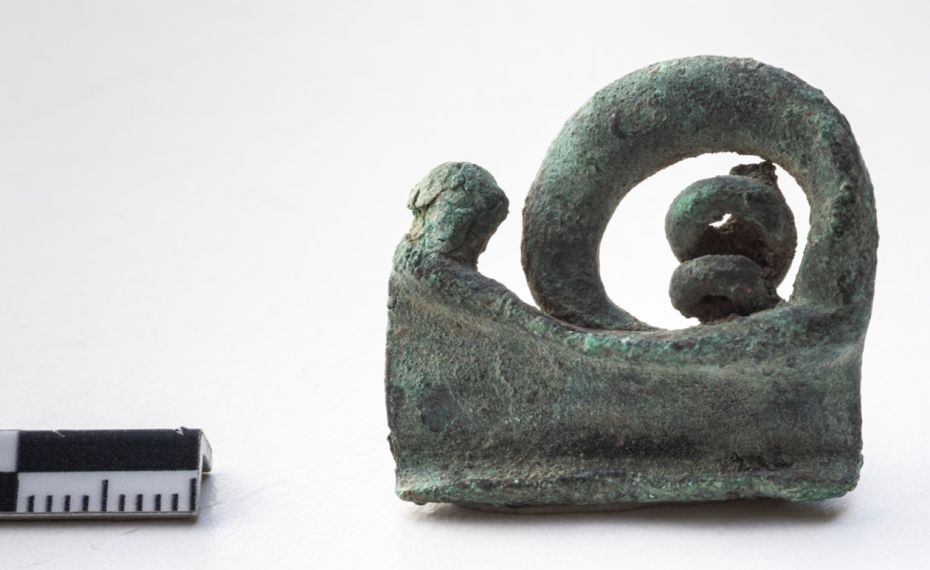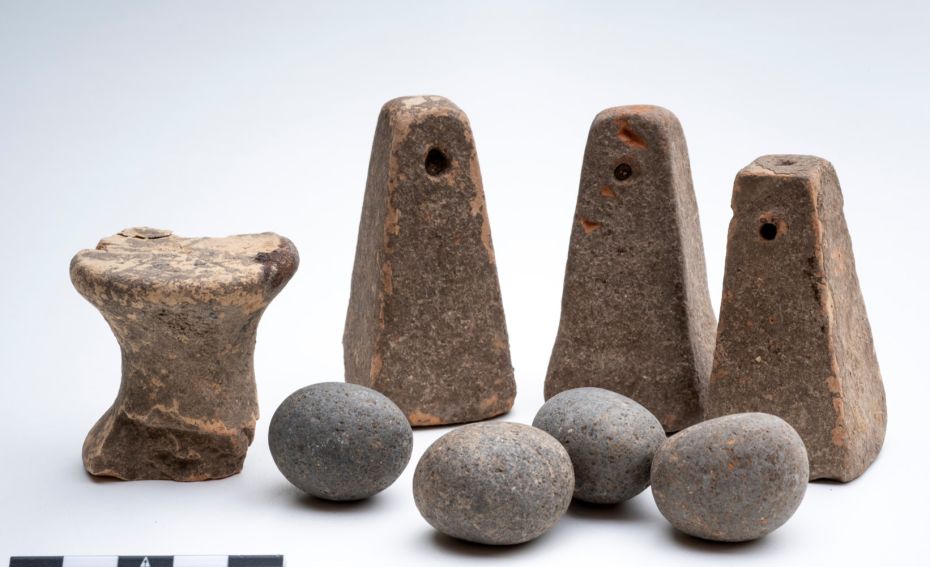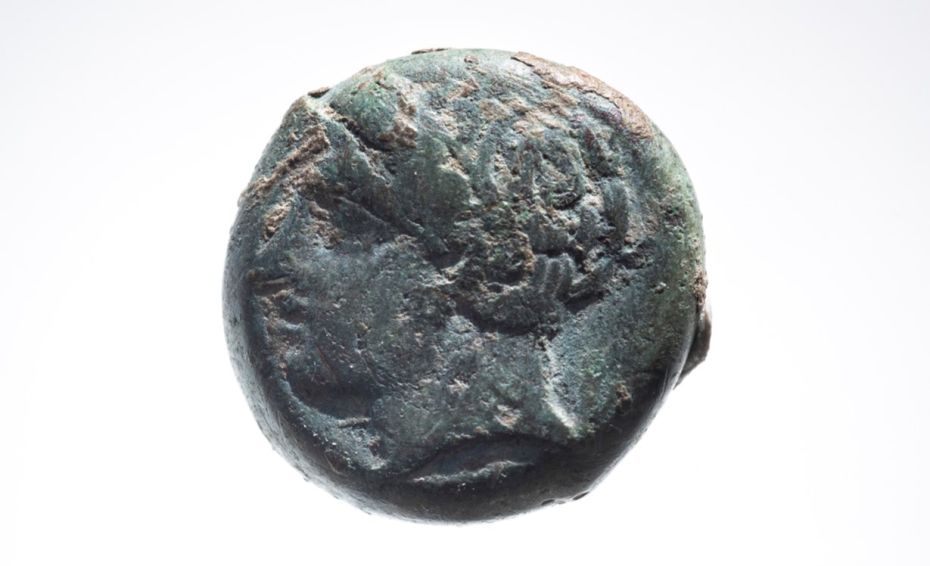Since 2017, the Centre Camille Jullian has been one of the partners of the MEGA scientific programme (2017-2021), which marks a resumption of the field activity of the French School of Rome at Megara Hyblaea after several years devoted to the publication of ancient excavations.
Located on the east coast of Sicily, 22 km north of Syracuse, the Greek colony of Megara Hyblaea was founded in the second half of the 8th century BC, probably by settlers from Megara of Greece. It underwent two major phases of occupation, in the Archaic period and in the Hellenistic period.
Excavated from the end of the 19th century and especially from 1949, in the framework of a cooperation between the French School of Rome and the Archaeological Superintendence of Syracuse, it is today a real reference in colonial archaeology: it is in fact the only first-generation archaic colony for which both the archaeological remains of the urban centre and the surrounding funerary spaces have been excavated. This work has been the subject of several recent monographs: Megara Hyblaea 5 on the archaic city in 2004, Megara Hyblaea 6. 1 and 6.2 on the Southern Archaic Necropolis (6.2 in 2017, 6.1 in progress since 2018) and Megara Hyblaea 7 in 2018.
The current program is based on the results of a 2006 excavation of the Western Archaic Gate and on geophysical surveys conducted between 2008 and 2013 in an area west of the city. This work had revealed a network of parallel streets that appeared to follow a different orientation from the "neighbourhoods" of the Agora sector and the South Plateau. The first objective of the programme is therefore to determine whether this neighbourhood is part of the original subdivision project of the archaic city (around 700 BC), or whether it constitutes a later extension, a kind of "neapolis" that would have been built in the 7th century. A second objective concerns the understanding of the limits of the North-West sanctuary, linked to the Neolithic village identified in this area, and the analysis of its insertion in the regular plan of the town, in articulation with the living spaces. Finally, taking advantage of the absence of Hellenistic structures in this area, the relatively good state of conservation of the remains and the data provided by geophysical surveys, the last objective of this programme concerns the stratigraphic excavation of an archaic house in its entirety - a first on a site where houses have always been excavated by partial soundings.
Scientific leaders
Henri Tréziny (CNRS - CCJ)
Jean-Christophe Sourisseau (AMU - CCJ)
Reine-Marie Bérard (CNRS - CCJ)
Partners
- French School of Rome
- Soprintendenza per i Beni Culturali ed Ambientali, Siracusa
- Parco Archeologico di Leontinoi
- Parco archaeologico di Siracusa, Eloro e Villa del Telaro / Museo Archeologico Regionale Paolo Orsi
- Camille Jullian Centre
- Jean Bérard Centre
- From Prehistory to the Present: Culture, Environment and Anthropology (Pacea)
- Archaeology and Ancient Sciences (ArScAn)


